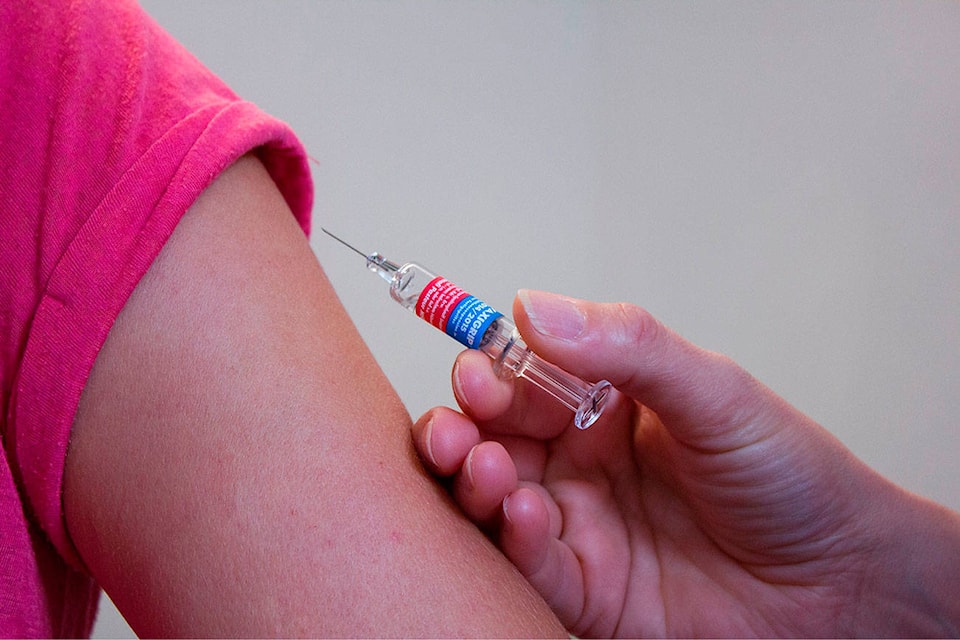Fewer Red Deer-area parents are vaccinating their children than the Alberta average — which alarms the region’s medical officer of health.
“It’s not a good thing,” said Dr. Ifeoma Achebe. “Immunization is one of the most effective ways to keep children from getting sick.”
By “sick,” she means contracting potentially deadly diseases such as measles, which can cause brain inflammation. Or whooping cough that sent babies into intensive care units, gasping for air. Or diphtheria, which can damage the heart, liver and nervous system.
A new national Ipsos survey found that 87 per cent of Alberta adults feel staying up to date with vaccinations is important. Yet less parents than that percentage would suggest are immunizing their children in central Alberta.
According to Alberta Health analytics, fewer babies and teenagers are getting vaccinated in the central zone than in places like Edmonton and Calgary.
Only to 76 to 80 per cent of children in this zone are given the two doses of rotavirus vaccine, compared to the 83 to 87 per cent Alberta average.
When it comes to inoculating against diphtheria, tetanus and polio, only 86 to 91 per cent of area two-year-olds get the three required doses, compared to the 90 to 94 per cent average for the province.
Measles, mumps and rubella shots also are given to fewer central zone children — as are vaccines against meningococcal disease, chickenpox and hepatitis.
Inoculations are particularly down for 12-year-olds, who can be immunized against the human papilloma virus that causes cervical cancer.
The local rate ranges from 54 to 64 per cent of girls getting the three doses, compared to the 63 to 70 per cent for the Alberta average. The HPV vaccination rate for local boys is 64 per cent, compared to 71 per cent provincewide.
This gap could be due to parents in more remote regions having trouble getting in to clinics, said Achebe, or for cultural, religious reasons.
Other people don’t understand the value of immunizations, or are believing misleading non-scientific information spread through the internet.
“Social media can be a problem,” said Achebe, with many anti-vaccination sites coming up first on people’s computer screens, before sites created by scientific experts.
A rise in autism has been wrongly connected by some anti-immunization advocates to vaccinations.
Achebe said many medical studies have disproven this, but some people choose to believe that since kids are vaccinated at age one or two, and that’s also when autism is often diagnosed, the two are somehow linked.
“It’s just a coincidence,” she noted, adding autism develops in the brain from birth, but flies under the radar until toddlers begin to show symptoms.
The reason for alarm about dropping vaccination rates is exemplified by the situation in New York City, where there are 400 measles cases, with many children who are near death being treated in intensive care units.
Achebe noted “New York is only a five-hour flight away…”
To try to boost immunization rates in the central zone, some rural health units have stayed open later to allow more remote residents to bring kids in for vaccinations.
Achebe said information is also routinely given to new mothers during their home visits with nurses. And “we have a system where we call up people to remind them of their appointments.”
Anyone wanting more information about vaccinations, can visit www.immunizealberta.ca.
lmichelin@reddeeradvocate.com
Like us on Facebook and follow us on Twitter
